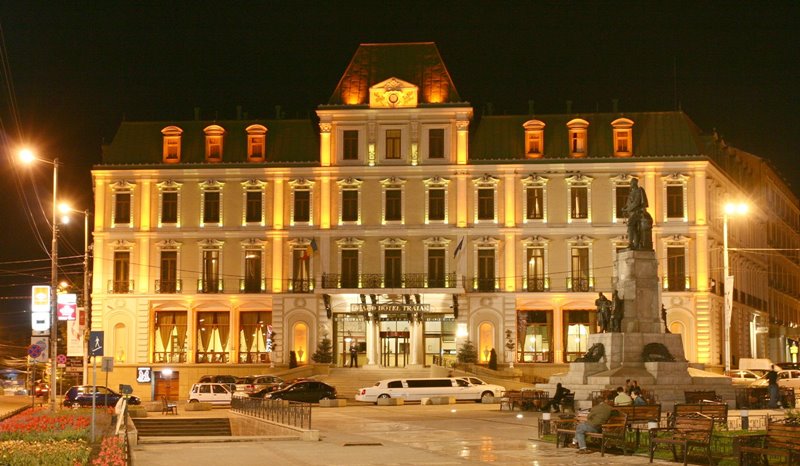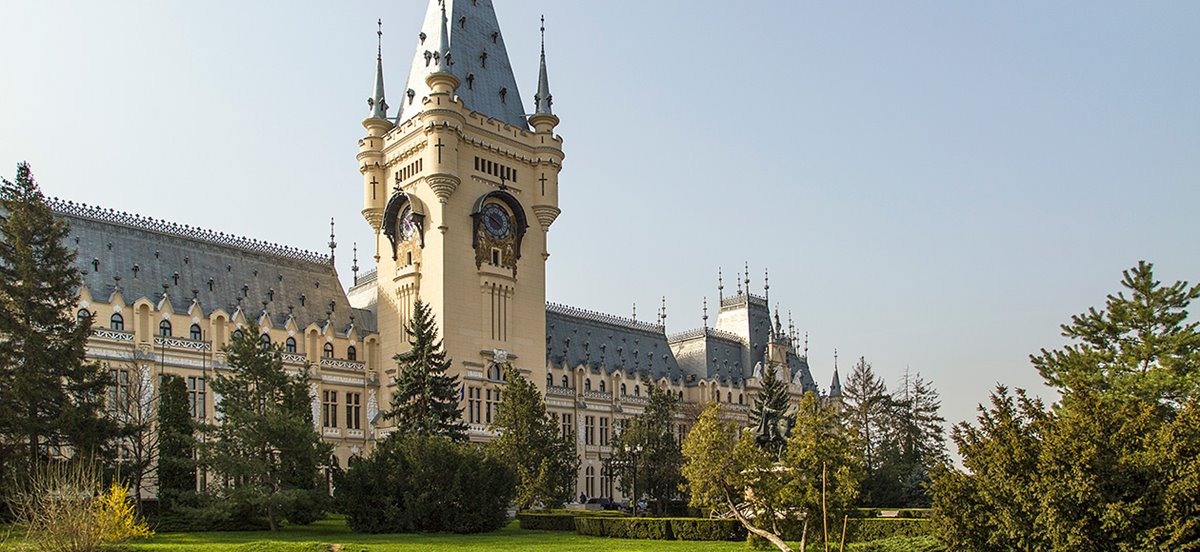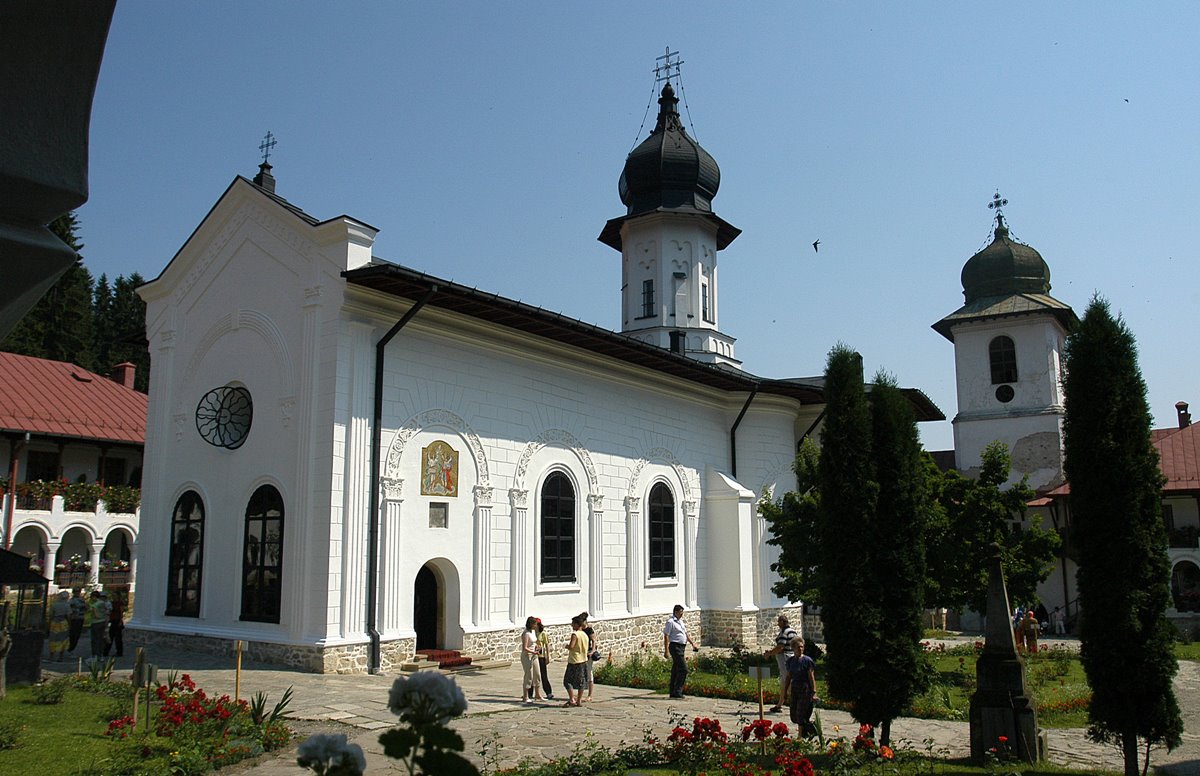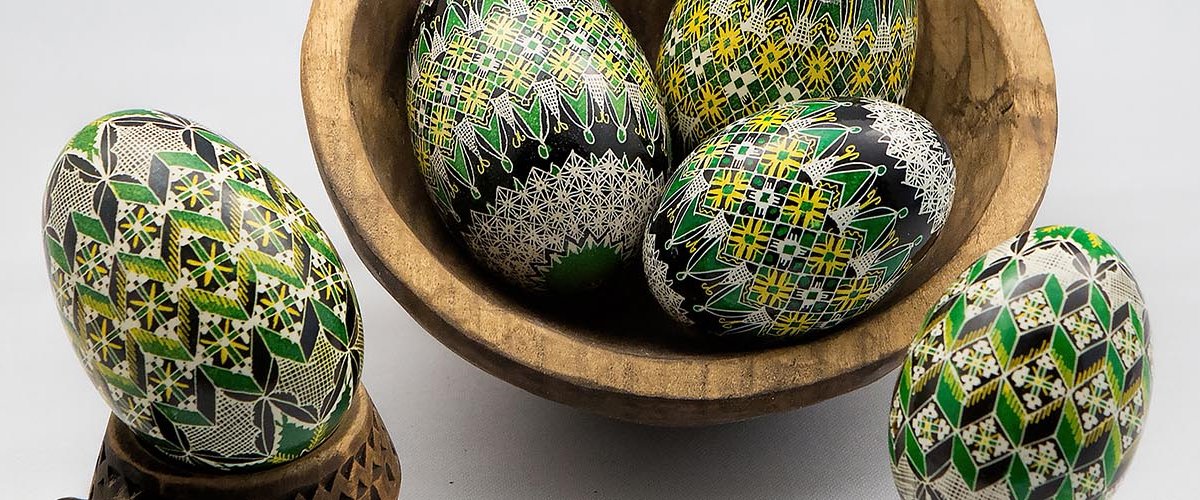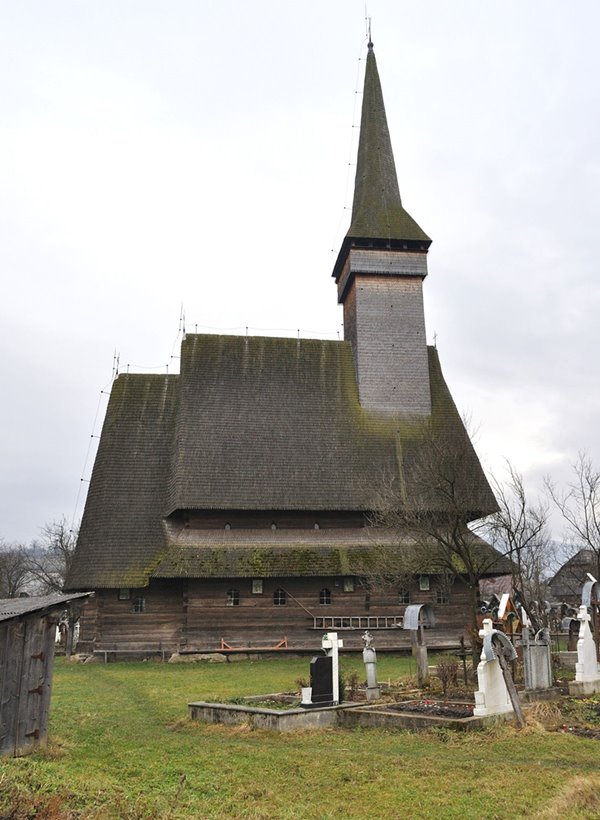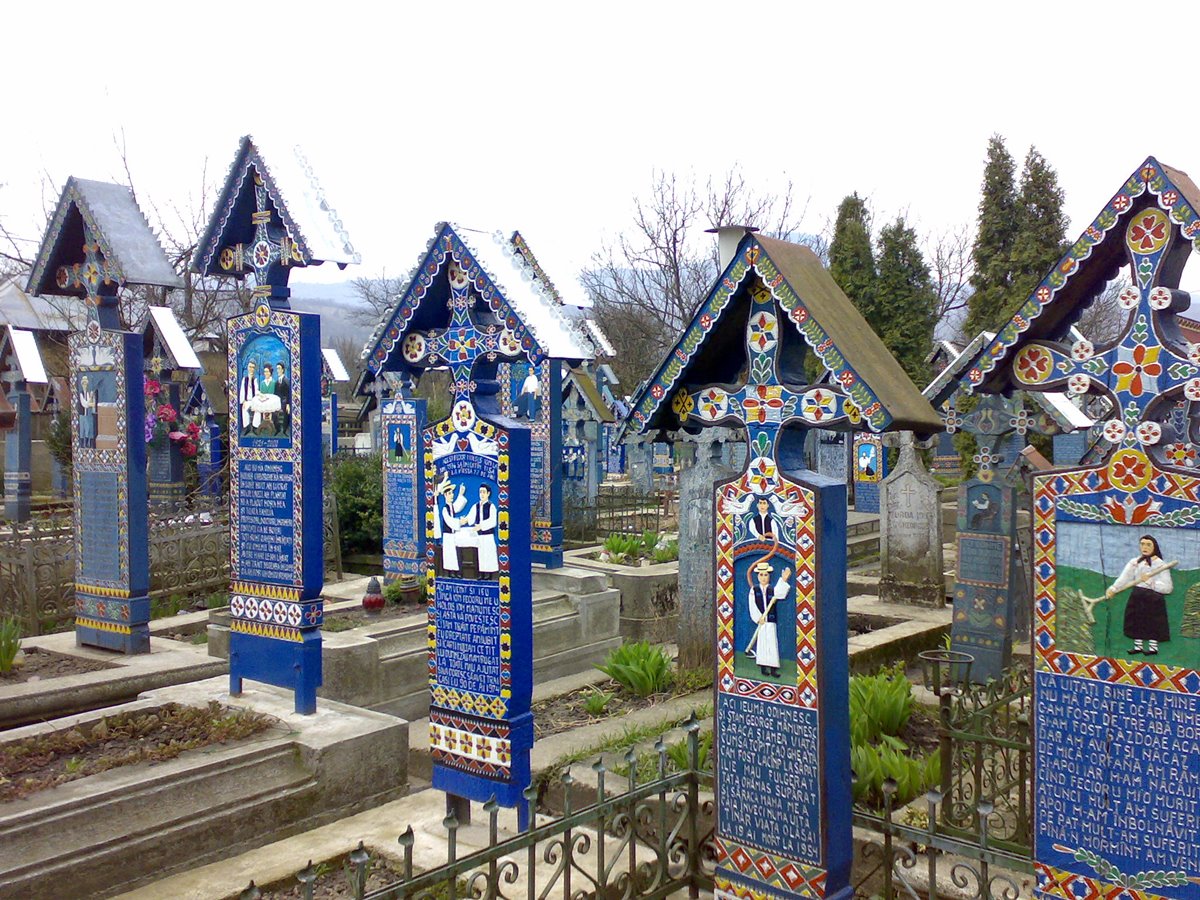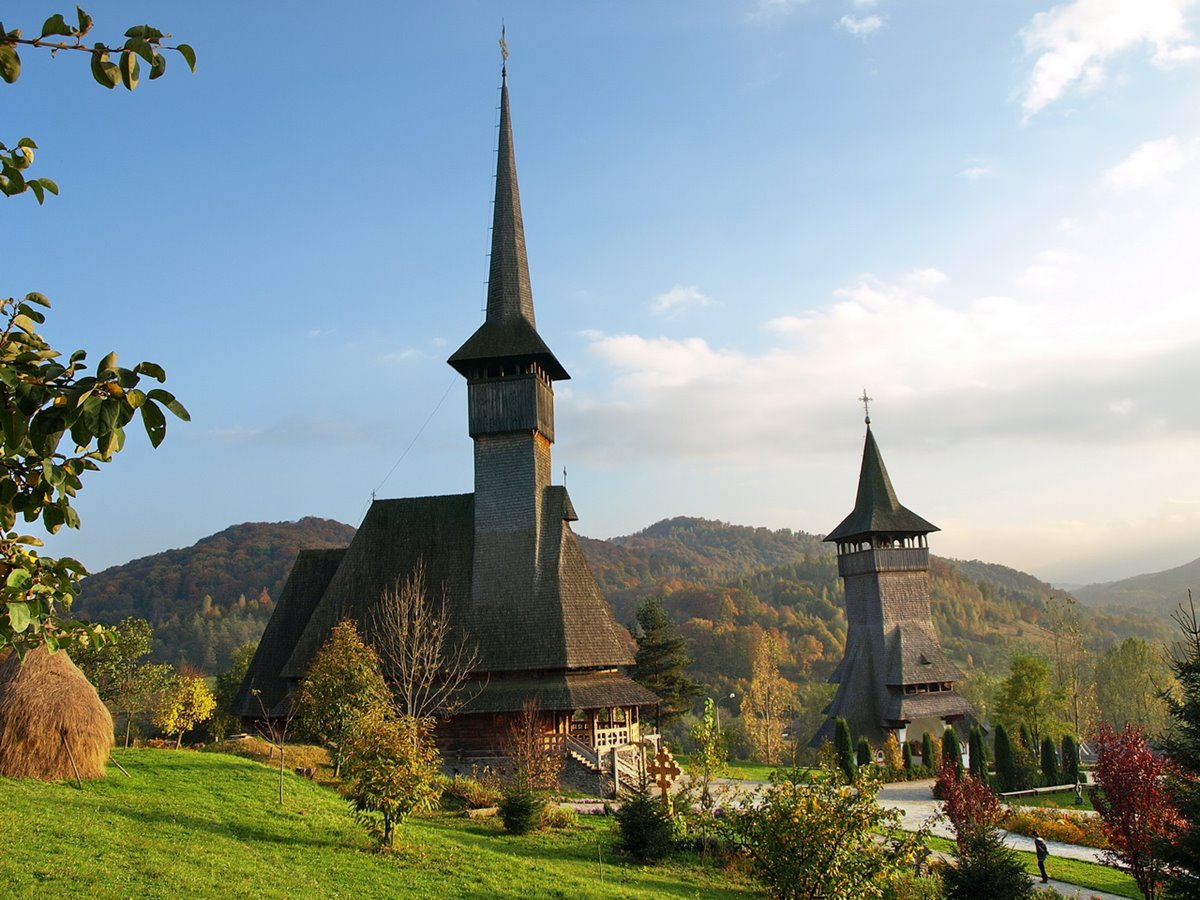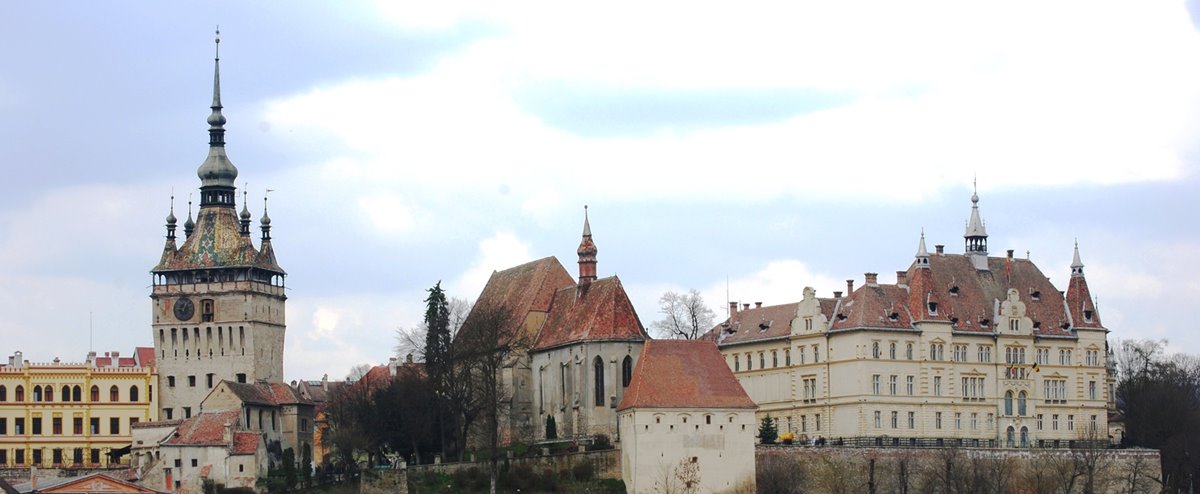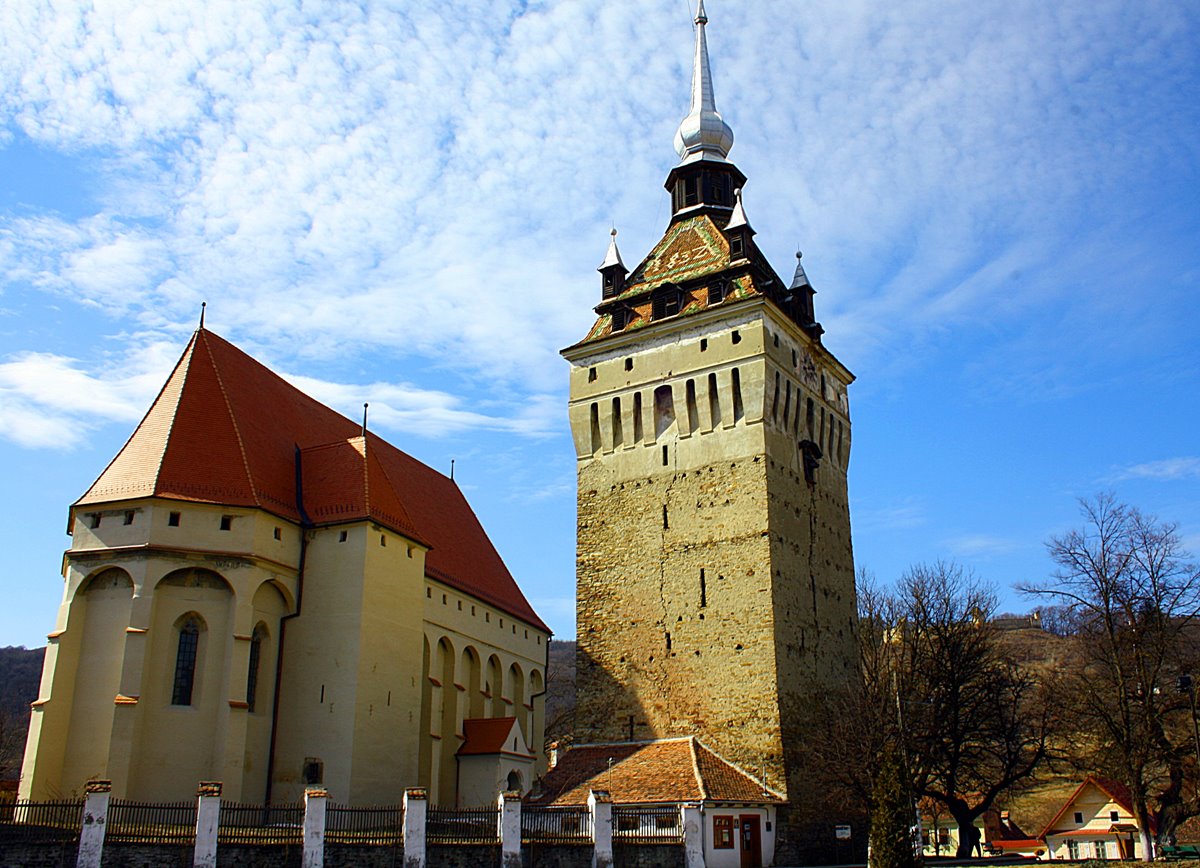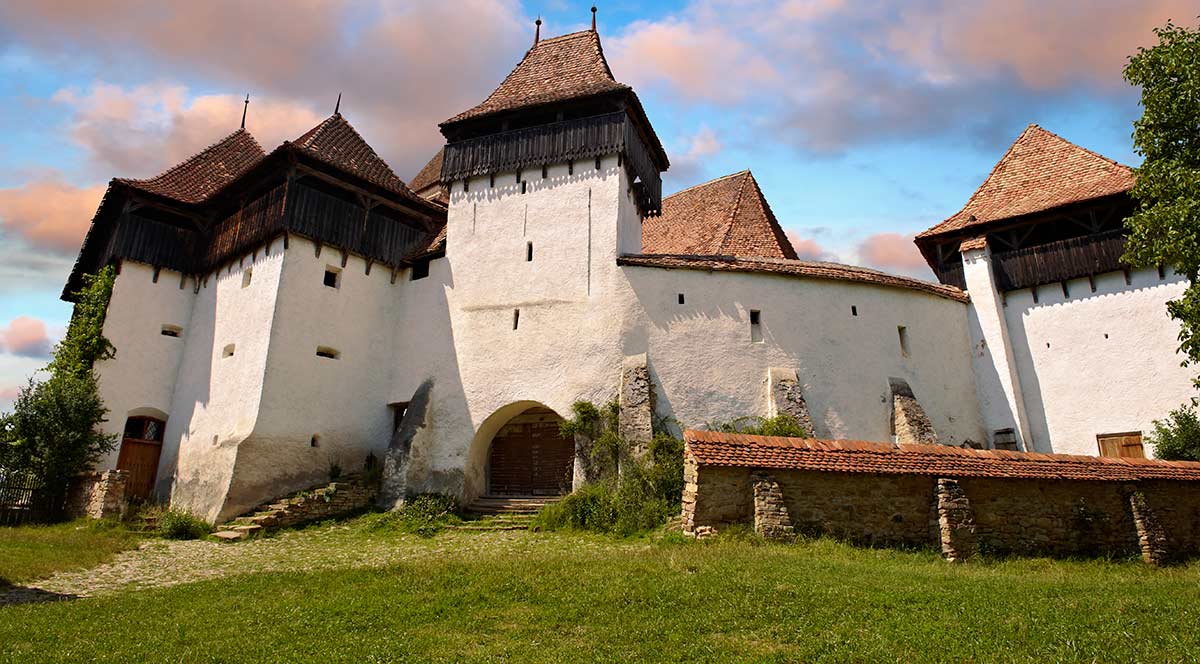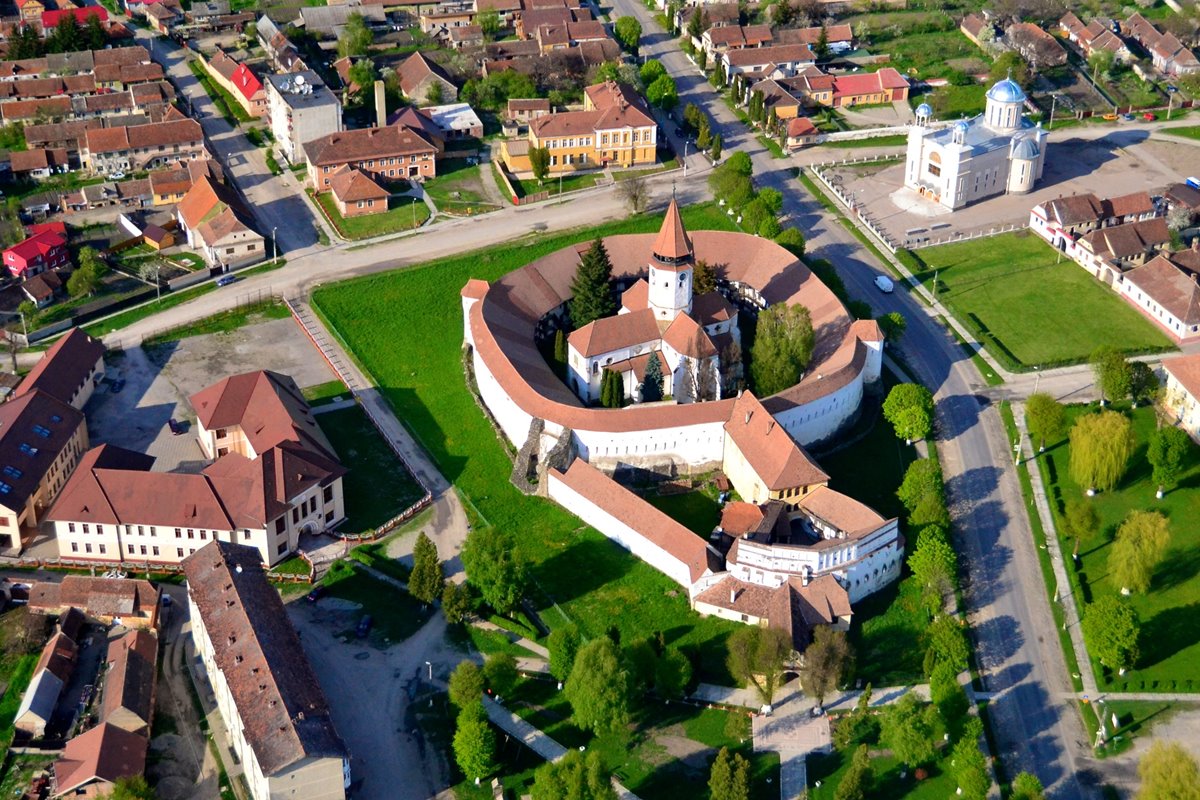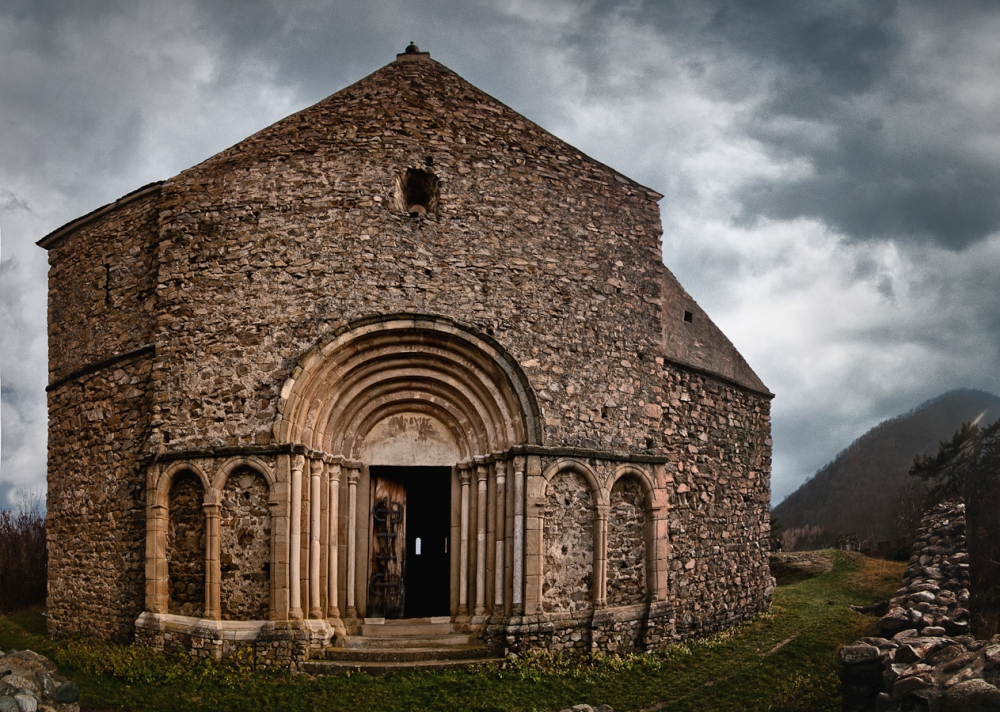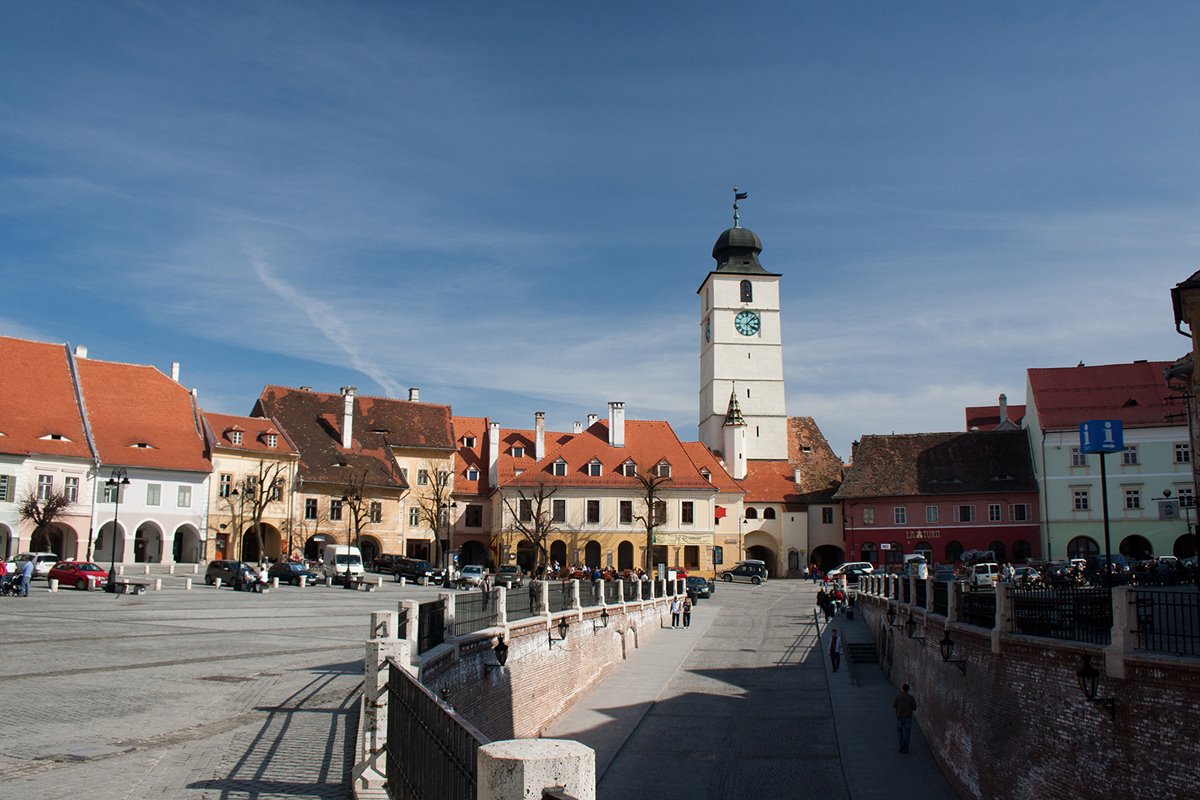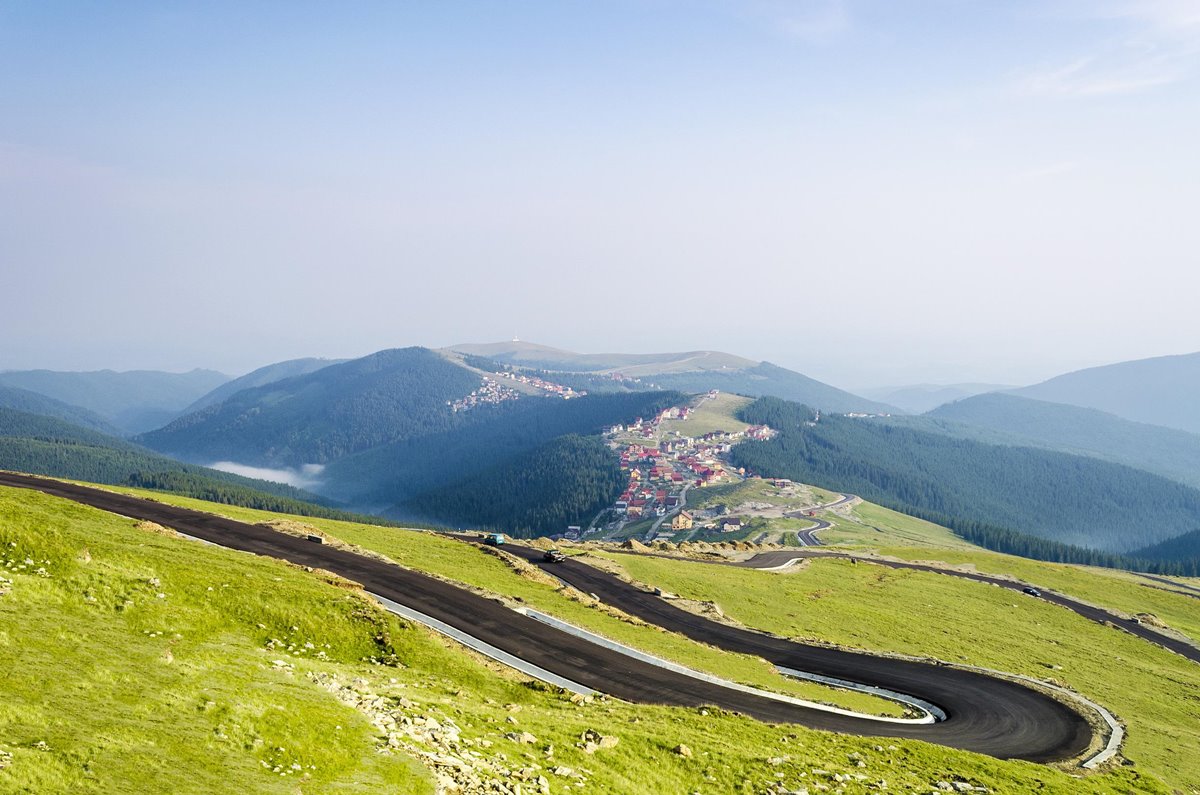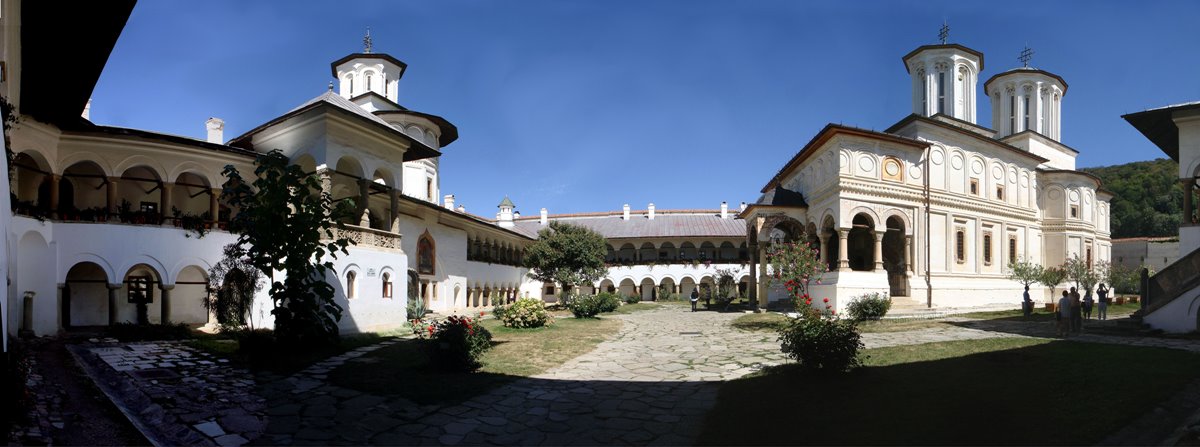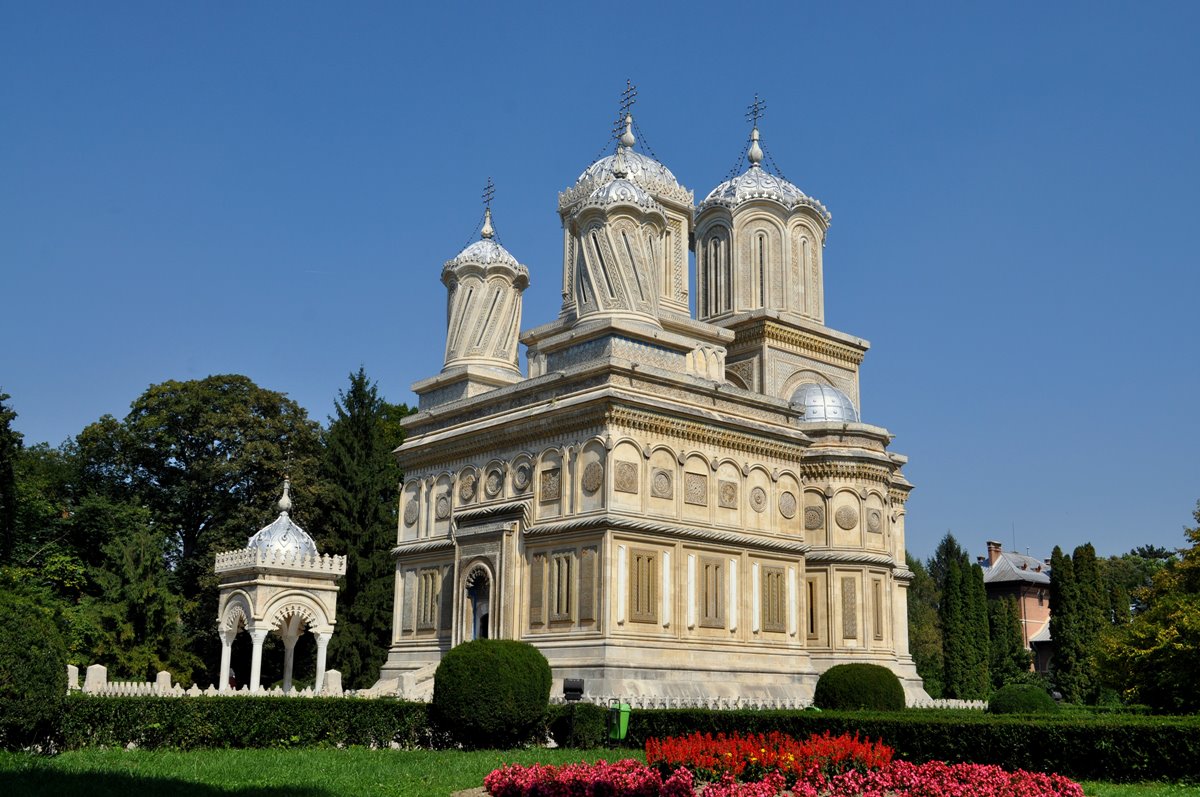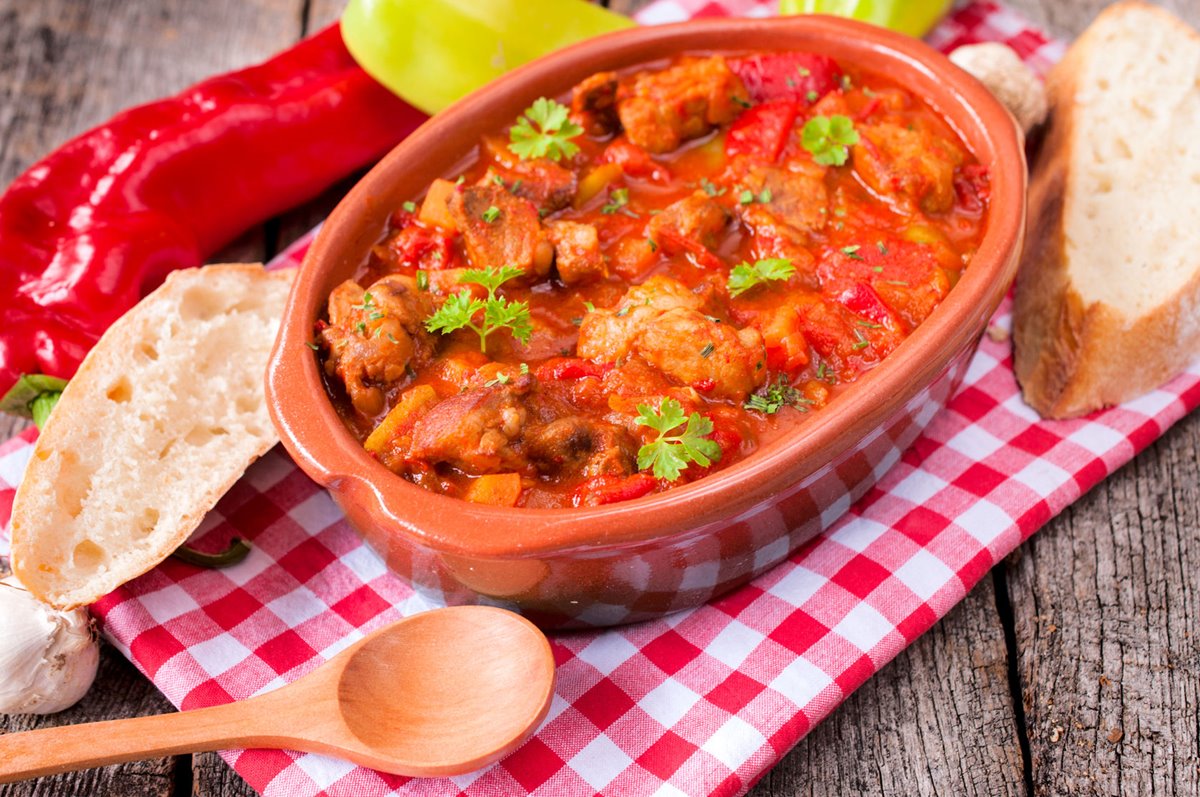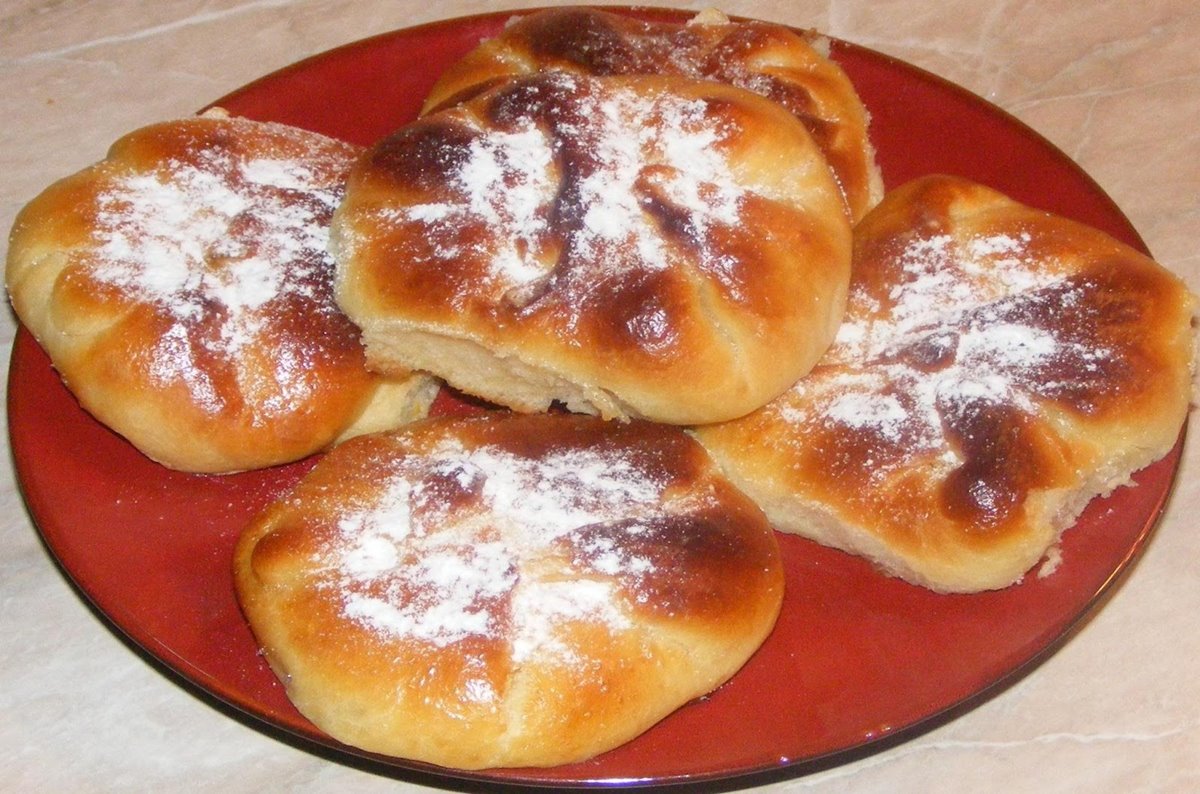In 1517, the ruler of Vallachia decided to build a wonderful church in the capital of his kingdom, Curtea de Argeș (translated literally as The Argeș Court, Argeș being the river that passes through the town). He chose a famous architect, Manole, and gave him the task of erecting something so beautiful that nobody in the world had ever seen or imagined.
The builders began work, but each morning they found that the walls had crumbled overnight and had to start over. Soon, Manole started having dreams where he would take the first wife that came to bring food to her working husband, put her inside the wall of the monastery, lay bricks around her and the walls would hold. He knew that the dreams were a sign from God and decided to do just so.
Next day, the first woman that brought food was Manole’s wife, Ana. As he sees her, he starts praying that she turns back, that rain or storm change her mind, but nothing happens. Heart-broken, he starts building the wall around her, as he weeps and her crying slowly fades away as the bricks get laid on top of another.
The Church gets finished and is a masterpiece of craftsmanship, of architecture, sculpture and painting. As Manole is laying the last pieces of the roof, the king takes away his ladders and leaves him there to die, so that he would never build another church so beautiful.
Manole makes a pair of wings from wood, canvas and clay and tries to glide from the roof of the church, but crashes to his death a few hundred meters away. A freshwater spring came out from where he crashed and pilgrims drink from it until this day. Manole had to sacrifice his love and his life to create something so beautiful.
Or so the legend goes…
We have seen a lot, done a lot and traveled a lot. It is time to return home, so we head back to the Bucharest airport or, if you choose to spend another day in the city, at your hotel.






